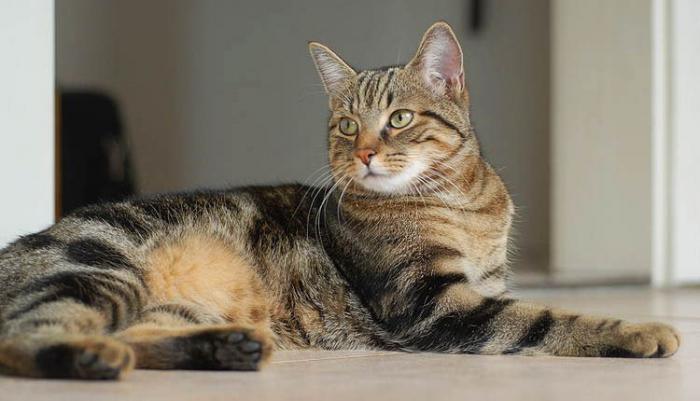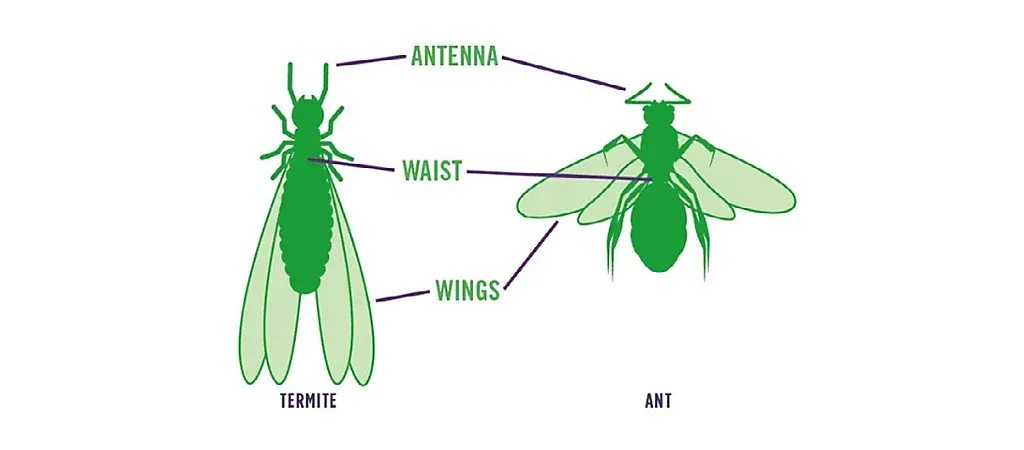Flea Free Living
Fleas can live for about 100 days during which time the females produce 400-500 offspring.

One of the mightiest yet tiniest pests that invade our homes is the flea! Fleas can come in on your pets, clothing or from animals lurking around your property. They can quickly take over. The most important thing to remember is that you may see adult fleas first, but 99% of an infestation comes from the pre-adult fleas. This means that you have stop fleas during all four life cycle stages: egg, larva, pupa and adult. Billiot Pest Control has the products that can help eliminate fleas during all their stages, but as a homeowner there are steps to take to get your house back under control. First, ensure that all fleas have been removed from your animals. This includes washing their beds and toys. Once the pets are flea free, it is time to prepare your yard and home.
Before the technician comes to spray your yard, it is necessary to cut your grass so that the treatment can penetrate to the breeding areas for the fleas. Inside your home you will need to vacuum all rugs, carpets and furniture. Make sure to vacuum between and under cushions. Sweep and mop all hard surface flooring. You will want to have everything picked up from the floor especially food and water bowls for your pets and children's toys. After your pest control professional completes your treatment, you need to wait 24 hours before resuming any vacuuming or mopping. This will allow the treatment to have time to begin working. For the next 2- 3 weeks, it will be necessary to vacuum every other day to stimulate the hatching cycle of the flea eggs. Although it is a process, with persistence and patience you will reclaim your flea free home in just a short time!








